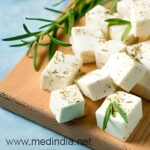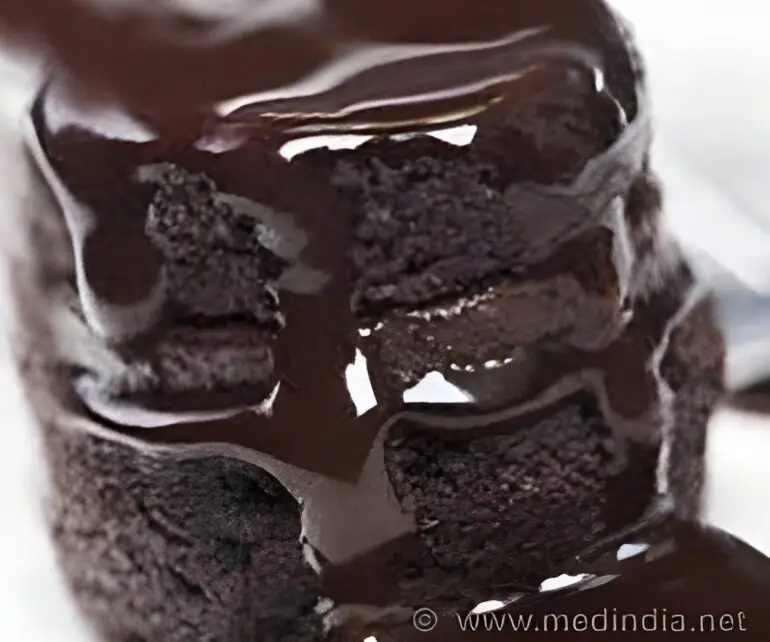-
 play_arrow
play_arrow
Radio Rehoboth


Paneer, or cottage cheese, has long been revered as a nutritional powerhouse for vegetarians, boasting high protein content and essential nutrients. However, recent reports of adulteration have left consumers concerned about the authenticity of this beloved dairy product. With instances of fake paneer flooding the market, it’s crucial to know how to distinguish between genuine and counterfeit varieties (1✔ ✔Trusted Source
Paneer-An Indian soft cheese variant: a review
Go to source
).
In the latest incident, authorities confiscated 1300 kg of counterfeit paneer and promptly disposed of it along the Mumbai-Delhi Expressway to ensure public safety. Additionally, in May 2022, the Mumbai police seized nearly 2000 kg of fake paneer from two different factories.
Fake paneer can pose serious health risks to consumers. #foodsafety #counterfeitpaneer #medindia’
According to reports, these imitation panniers are produced by blending milk powder and water, then coagulated with lime juice and acetic acid. Palm oil is then added to give it a glossy, creamy appearance. The pressing concern remains: how can one identify fake paneer when purchasing it for home use?
How to Identify Fake ‘Paneer’ At Home?
1. Iodine Test
Begin by boiling a portion of paneer in water. Once boiled, add a few drops of iodine tincture to the paneer. If the paneer turns blue upon contact with iodine, it indicates the presence of artificial substances. On the contrary, if the paneer retains its natural color, it is likely to be pure and authentic.
2. The Dal Test
After boiling the paneer, allow it to cool in water. Then, introduce some toor dal (pigeon pea) into the water and let it sit for approximately 10 minutes. If the water takes on a light red hue, it suggests possible contamination of the paneer. Conversely, if the water remains clear, you can proceed with confidence knowing your paneer is untainted.
3. The Texture & Taste Test
When purchasing paneer, pay attention to its texture and aroma. Genuine paneer should have a milky scent and a soft, pliable texture. If the paneer is sold in an open display, consider tasting a small sample. Authentic paneer will have a delicate, creamy flavor. Beware of paneer that is excessively chewy or exhibits a rubbery consistency, as these are potential indicators of adulteration.
4. Use your hands
Try pressing the paneer between your clean, bare hands. Counterfeit paneer, typically made with skimmed milk, lacks the density to withstand pressure and will crumble easily.
Advertisement
As cases of counterfeit paneer continue to emerge, it’s essential for consumers to be vigilant when purchasing this dietary staple. By conducting simple tests at home, such as the iodine test, the dal test, and assessing texture and taste, individuals can safeguard themselves against consuming fake paneer. By prioritizing authenticity and quality, consumers can continue to enjoy the nutritional benefits of this versatile dairy product with confidence.
Reference:
- Paneer-An Indian soft cheese variant: a review – (https://pubmed.ncbi.nlm.nih.gov/24803688/)
Source-Medindia
Go to Source:https://www.medindia.net/news/fake-paneer-floods-market-are-you-eating-plastic-cheese-215733-1.htm
Author:
Written by: RSS
Similar posts
Chart
Top popular

News Briefs 10/17/23
Board of Commissioners Workshop & Special Meeting – November 6

Six Sussex road projects considered in latest CTP
Knicks vs. Cavaliers prediction, odds, line, spread, time: 2023 NBA picks, Nov. 1 best bets from proven model
NFL Week 17 highlights: Packers, 49ers, Saints, Steelers win, Cardinals stun Eagles
Copyright 2023 East Sussex Public Broadcasting, Inc.






